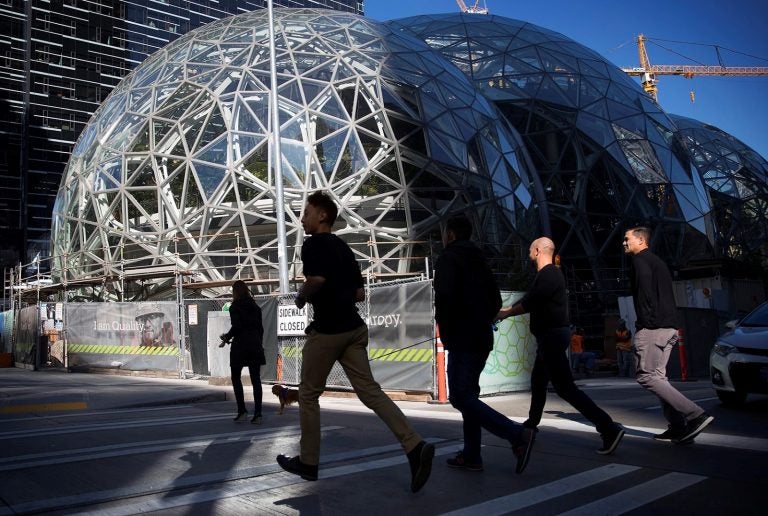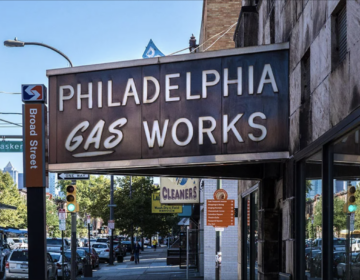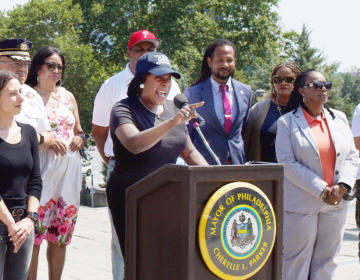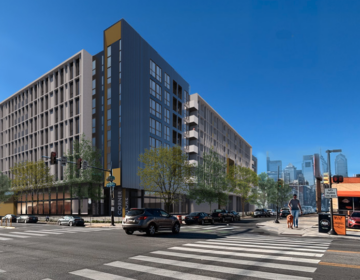Can Philly afford the subsidies Amazon wants?

Mayor Jim Kenney won’t release the juiciest details of the city’s bid to land Amazon’s second headquarters, but it’s safe to say that Philadelphia is likely offering subsidies plum enough to compete with fellow HQ2 finalists that have promised tens of millions worth of goodies. A Governing analysis published on Thursday found that several of 20 final contenders “are already forgoing hundreds of millions of dollars in potential revenue each year through tax incentives and might not be able to afford to give up more.” Philadelphia hasn’t yet filed the annual government financial report that provided the data in the Good Jobs First subsidy tracker used by Governing, so its impossible to say exactly how much tax revenue flows out as incentives each year. Yet valuable insight can be found in the story out of Chicago, another large, resurgent city that despite gains in recent years still struggles with poverty and a perennially cash-strapped local government. In 2016, the Windy City reported that it gave more than a half-billion in tax revenue via incentives associated with tax increment financing (TIF), which amounts to “more than 16 percent of what the city collected in total revenue that year.” TIFs, which subsidize companies by refunding or diverting a portion of their taxes to help finance development in a specific area, are also used in Philly. In 2016, for instance, the Philadelphia School Reform Commission approved a $55 million TIF to help the developers redeveloping the Gallery at Market East. At Schuylkill Yards, one of the three sites offered to Amazon, Brandywine Realty Trust, and Drexel University haven’t yet gone public with details on financing plans for their joint $3.5 billion build out. But as Jim Saksa reported in 2016, the district would seem “ripe for tax-increment financing.”
The concern over what cities may give up for the Amazon prize has caused S&P Global Ratings to caution that while landing the e-commerce giant “would have mostly positive local economic and governmental revenue effects … direct costs or foregone revenues in the incentives that some communities have offered to attract Amazon could offset some of the potential gains.” S&P Global Ratings recently downgraded Pennsylvania’s credit rating in September 2017, citing a history of late budgets.
“Drivers and pedestrians may justify their own rational law-breaking (speeding and jaywalking hardly feel criminal), but apply a different standard to cyclists,” writes Philadelphia Weekly’s Timaree Schmit. So why are cyclists perceived as scofflaws? Schmit breaks down a few common cycling myths, explaining the logic behind the beliefs. Some of these common refrains, Schmit writes, while “illogical and based in bad information,” are explainable. For example, “due to the principle of memorable effects: we’re more likely to recall rude and scary moments: we simply don’t notice average behavior.”
The Clay Studio, a longstanding creative anchor in Old City, is moving to North American Street in South Kensington, WHYY News’ Peter Crimmins reports. Over its past four decades on Second Street, the studio’s growth and expansion naturally “became part of the community’s economic turnaround.” Now the nonprofit arts organization has outgrown its space and is heading to the city’s newest art hotspot. The Studio will set up shop across the street from the Crane Arts Building, just north of 2nd Street and Girard Avenue. The Clay Studio’s relocation is the latest in a string of art org moves to the area.
What does SEPTA do after it melts and scraps 15 million tokens? J.P. Romney, contributing to the Philadelphia Citizen, ponders the transition, looking at the history of transit fare technology and how other cities previously eradicated their token systems. Romney chats with SEPTA spokesman Andrew Busch on the CitizenCast about the end of tokens.
PSA: the Ben Franklin Bridge South Walkway, which connects Philadelphia and Camden for pedestrians and bicycles, will close on February 22nd for approximately 14 months to allow for major structural upgrades. The Bridge’s North Walkway will open (weather permitting) and will be accessible. Upgrades include the replacement of the existing stairway on the south side of the bridge in Camden with a new ramp structure. The Delaware River Port Authority has a few more A’s for your frequently asked Q’s here.
WHYY is your source for fact-based, in-depth journalism and information. As a nonprofit organization, we rely on financial support from readers like you. Please give today.







